Inclusion of scientific algorithms in MATISSE
- 1ASI Space Science Data Center (SSDC), Via del Politecnico snc, 00133 Rome, Italy
- 2INAF-OAR Osservatorio Astronomico di Roma, Via Frascati 33, 00078, Monte Porzio Catone (RM), Italy
- 3Agenzia Spaziale Italiana (ASI), Via del Politecnico snc, 00133, Rome, Italy
- 4INAF-IAPS Istituto di Astrofisica e Planetologia Spaziali, Via del Fosso del Cavaliere 100, 00133 Rome, Italy
- *A full list of authors appears at the end of the abstract
MATISSE (Multi-purpose Advanced Tool for the Solar System Exploration) [1] is a tool that allows the visualization of observations from space missions and datasets derived from these observations on a three-dimensional model of the selected target body. The second version of the tool (named MATISSE 2.0 –https://tools.ssdc.asi.it/Matisse) will, among other things, include algorithms developed by partner research teams; in this work we focalize our attention on the MATISSE inclusion of two codes developed for atmospheric retrieval and thermophysical modeling. The retrieval code is used for the analysis of the spectra provided by the JIRAM instrument (Jovian Infrared Auroral Mapper [2]) onboard the NASA’s Juno mission, whose main purpose is the study of the upper regions of Jupiter’s atmosphere in the 2-5 μm wavelength range and pressure up to 5-7 bar. The spectra provided by the instrument are processed with the retrieval code that calculates, for each pixel of a hyperspectral image, the chemical and physical parameters in the corresponding points of the atmosphere [3]. The code processes all pixels of a hyperspectral image, so parallelization is convenient in order to reduce the computation time; this is possible by using the Python language tools, which allow the execution of a code written in its own language (FORTRAN in this case) by providing the required parallelization. As a further optimization step, the code has been converted into a Docker image to make it portable and easy to run on heterogeneous architectures. The second code included in MATISSE is a thermophysical model that calculates the surface temperature of airless bodies as function of thermal conductivity [4,5] and other physical properties; the calculated temperature can be compared with the measured ones, if any, in order to retrieve the thermal properties of the soil, or can be used to compute other temperature-dependent quantities. At the present time this code is going to be used for Mercury and Ceres and is almost ready to be included in MATISSE 2.0.
[1] Zinzi, A., et al. (2016), Astronomy & Computing, 15, 16-28
[2] Adriani, A., et al. (2017), Space Science Reviews, 213, 393-446
[3] Grassi et al. (2010), Planetary and Space Science, 58, 1265-1278
[4] Capria, M. T. et al (2014), Geophysical Research Letters, 41, 1438-1443
[5] Rognini et al. (2019), Journal of Geophysical Research, https://doi.org/10.1029/2018JE005733
Christina Plainaki, Giuseppe Sindoni et al.
How to cite: Rognini, E., Zinzi, A., Grassi, D., Adriani, A., Mura, A., and Capria, M. T. and the JIRAM team: Inclusion of scientific algorithms in MATISSE, Europlanet Science Congress 2020, online, 21 September–9 Oct 2020, EPSC2020-920, https://doi.org/10.5194/epsc2020-920, 2020

